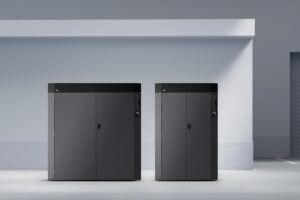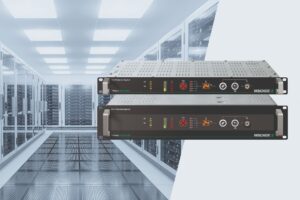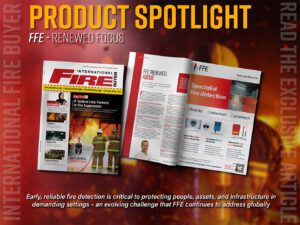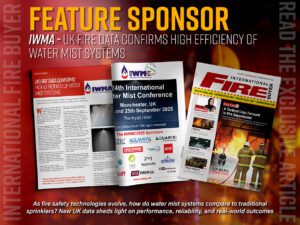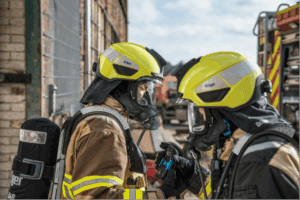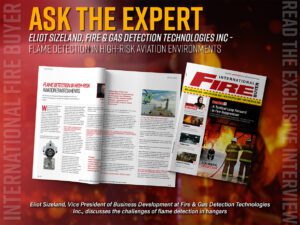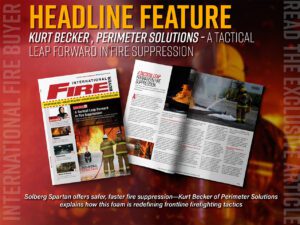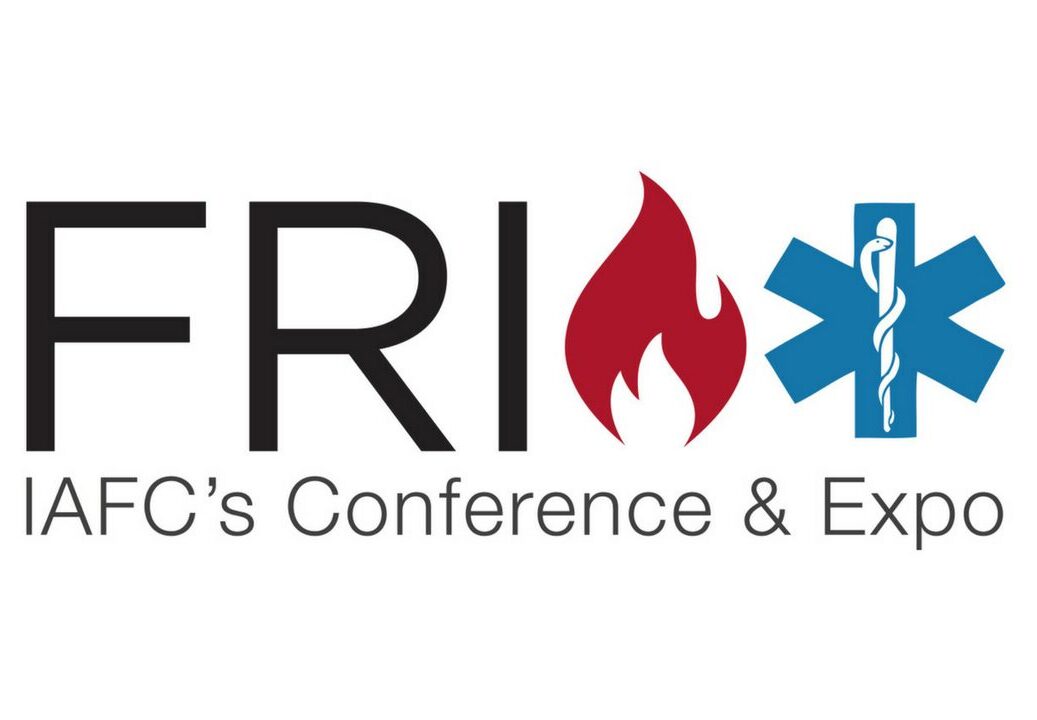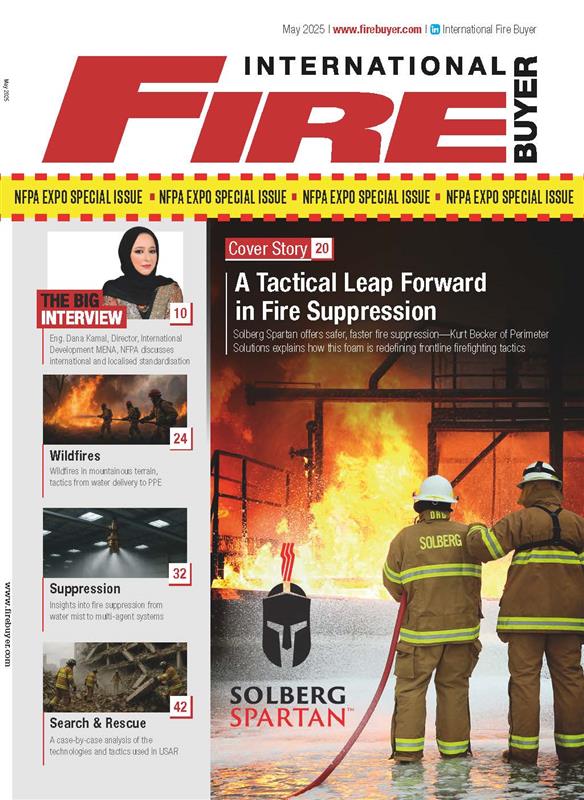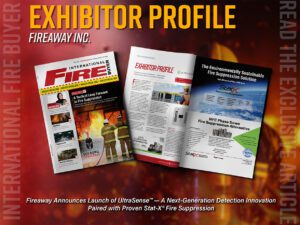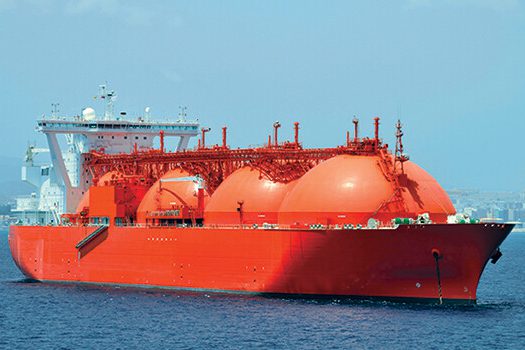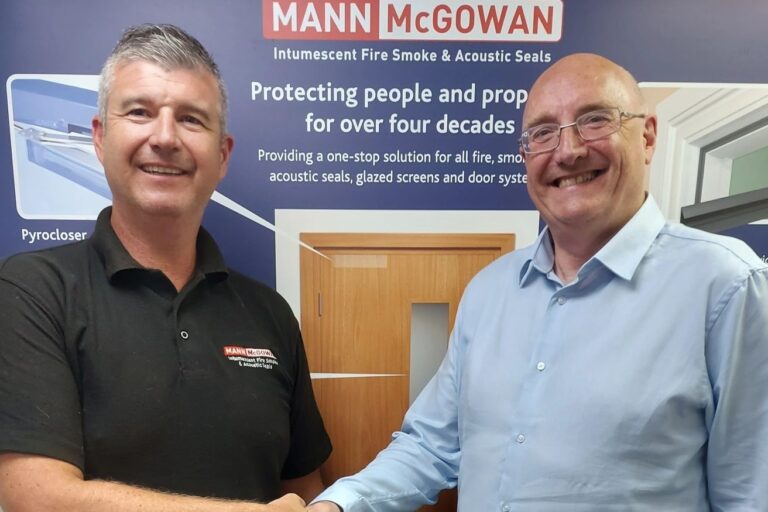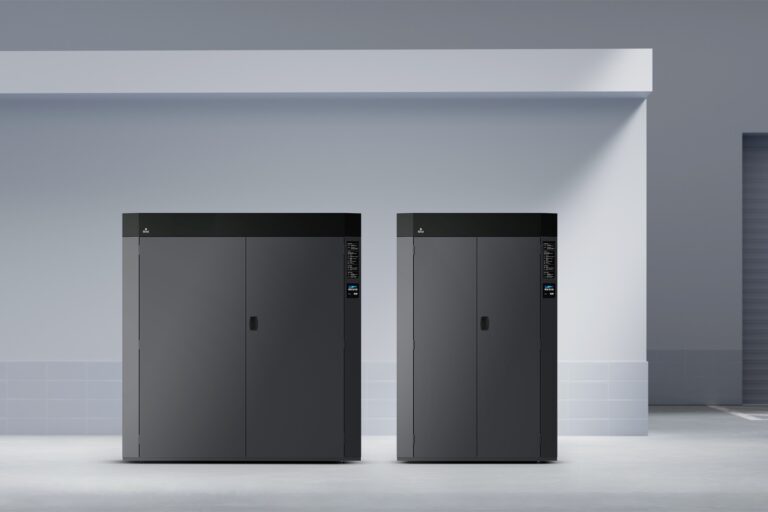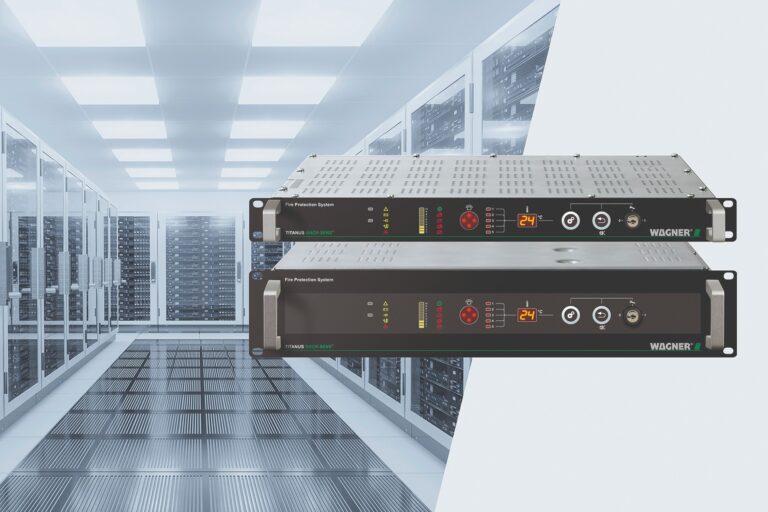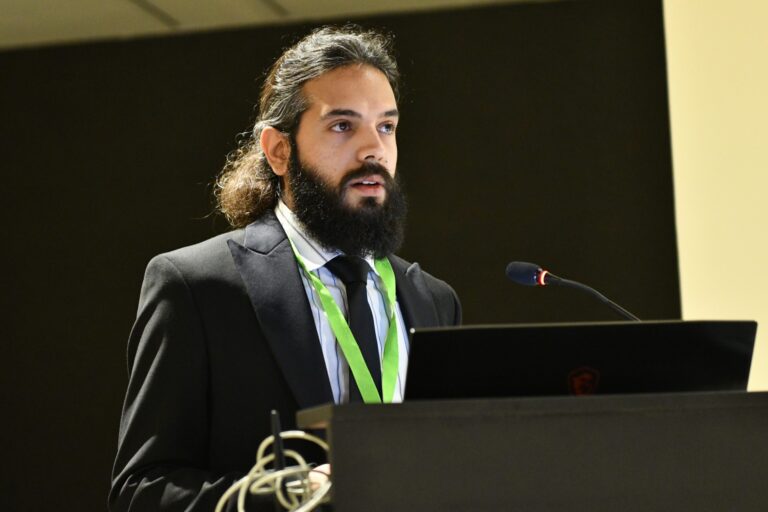If you are the responsible person for a commercial building, including shared areas in houses in multiple occupation (HMOs), blocks of flats and maisonettes, you are required by law to ensure the equipment and procedures are in place to detect, alert and notify all occupants of the building to act in the event of a fire.
This is to ensure that, should there be a fire, it is easily detectable so that those inside the building are alerted as soon as possible to evacuate and that the fire brigade have the required time and information to stop the fire from spreading.
The insurance policies for commercial properties may be invalid if it becomes evident that the fire detection and alarm system on the premises was inadequate. It is also worth noting that any device and/or system could trigger a false alarm if it is not properly installed, not fit for the environment or not well maintained. Any false alarm can lead to lost time in production, fines from local fire brigades. Even worse – complacency or loss of confidence in the reliability of the alarm system.
Below are some of the considerations building owners, responsible persons and facilities management teams might want to consider when it comes to false alarms and how the compliant installation, and maintenance of your fire detection system can help prevent them. Guidance is provided in the Code of Practice for Design, Installation, Commissioning and Maintenance of Fire Alarm Systems in non-domestic premises – BS5839 Part 1.
This list is not exhaustive, more information can be understood in our most up to date False Alarm Reduction webinar. We always recommend that you trust your fire detection installation and maintenance with a company that is BAFE registered, who only specify products approved to the local standards, and with up-to-date certifications in place.
Installation stage
Building use – The type of environment will dictate the type of fire detection technology used. For example, a cold store warehouse vs a dry store warehouse will require very different types of fire detection due to the temperatures the devices have to work at.
Cable routes – ensuring fire alarm cables are clearly marked and separated from other services will help avoid electrical interference that can trigger a false alarm.
Air conditioning – during installation these units are to be avoided when siting detection equipment that relies on the presence of smoke
Air ducts – careful consideration is needed here as these can interfere with smoke detectors, potentially drawing smoke away or blowing contaminated air into detectors.
Vandalism – when installing detection devices, it is important to make sure they are they out of reach from casual vandalism or direct tampering by building tenants. The BS5839 standard was updated in 2017 to include the recommendation of fitting mechanical covers to call points in public areas – to reduce the temptation for malicious activations. The idea being that to operate the call point, a person needs to lift the cover as well as press the button.
Specialist extraction – In some areas such as kitchens, shower rooms, saunas – specialised extraction will need to be employed, to keep detectors free from steam or other contaminants.
Other specific environmental considerations regarding air-borne contaminants to consider at installation stage could be:
- Nursing homes – skin and dust
- Event spaces – smoke and steam
- Hotels – aerosols and steam
- Restaurants – flames and smoke
Ongoing maintenance
Fire Alarm Control Panel – When it comes to maintenance, there are some things to consider when looking to reduce false alarms. Most importantly, a maintenance contract with a Competent service provider preferably certificated to BAFE SP203 part 1. Any faults should be reported, at the fire alarm control panel within 100 seconds so it is also important to carry out regular and proper maintenance of the panel itself. Every device on the system should be tested at least once a year.
Most modern Addressable fire alarm systems have the capability of reducing the occurrence of false alarms by utilising features such as drift compensation which is a function that checks the smoke chamber every 24 hours and increases the alarm threshold based on the level of contamination in the chamber. This way the chamber sensitivity remains the same instead of becoming more sensitive the more it is contaminated.
Cleaning – badly contaminated detectors should be either cleaned or replaced by a professional, again, a detector’s maintenance status can be reported at the fire panel.
Renovated buildings – parts of a building may get repurposed over time, such as converting storage to an office. Building owners need to bear in mind that as these spaces change use, the detection system may need to be updated too.
It’s also worth noting that during building works, smoke, dust and heat can be generated so steps need to be taken to cover any smoke detectors within the working areas (isolating them will not stop the chambers becoming contaminated by dust) and isolate any heat detectors, to avoid false activations. These areas should be patrolled regularly and re enabled as soon as is practicable. As another example, beam detectors are particularly vulnerable to ladders, or powered access equipment, blocking the signal and initiating a fault or a fire condition.
Devices can be relocated to accommodate a building change of use or the introduction of a new risk, but this must be carried out by a qualified fire system engineer to ensure the device is still fit for purpose in its new location Age – the overall age of the system could be a contributing factor to false alarm activations. As the system and devices age over time their effectiveness at dealing with false signals could be reduced. Generally, most system manufacturers recommend that their equipment has a 10-year life span and so this should be factored in at the consultation and specification stage.
To avoid false alarms and deal with any occurrences efficiently and safely, building owners or facility managers must ensure that the businesses or tenants using the building either temporarily or on a more permanent basis should be given detailed up-to-date information on fire escape routes and the locations of firefighting equipment.
They should also be educated about the fire alarm system and activities to be avoided, such as smoking or vaping in the building, keeping areas clean, being aware of sensors outside kitchen and bathroom doors, but most importantly, the serious implications of tampering with the system or its devices which could lead to false alarms or even worse, no alarms given at the outbreak of a real fire.
Research from the Home Office in 2022, which was collated from Fire and Rescue services across the country from the last financial year, shows that just 2% of incidents from automatic fire alarms were a result of an actual fire. Frustratingly most of the false alarms could easily have been avoided by following some of the tips above, understanding the importance of proper maintenance and by ensuring the correct type of life safety product is installed for the environment in the first place.
To read more news and exclusive features see our latest issue here.
Never miss a story… Follow us on:
![]() International Fire Buyer
International Fire Buyer
![]() @Firebuyer
@Firebuyer
![]() Fire Buyer
Fire Buyer
Media Contact
Louis Curtis
Editor, International Fire Buyer
Tel: +44 (0) 1622 823 922
Email: [email protected]





